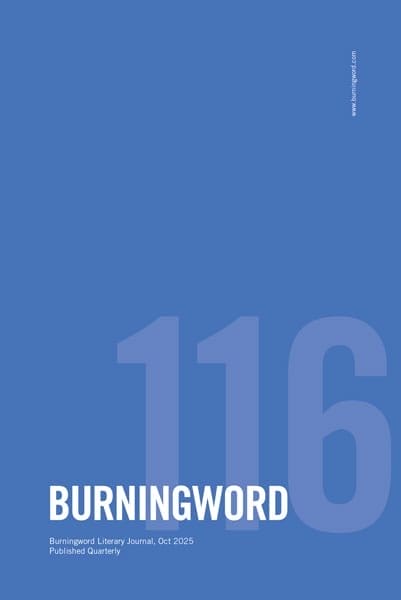The ballet recital at the end of school year was as usual: little girls (and occasionally one or two boys) demonstrated their achievements before an audience of adoring relations.
Light-colored tutus, epitomizing the eternal beauty of classical ballet. Sweet-sounding melodies, including Tchaikovsky’s. Bouquets of flowers held by the dressed-up adults. Suspense: when will my baby come on stage? Sighs of relief: here she is, so adorable! Generous applause at the end of every number. All of these created the mood of festivity and excitement.
But when Julie Andrews’s beautiful, unmistakable voice started the tune of “My Favorite Things,” sighs of thrill and pleasure swept through the space like a wave, swallowing up all other sounds and emotions. Faces were lit by smiles; bodies slightly moved to the rhythm of music; hums and whispers were heard. Kittens . . . mittens . . . strudels . . . noodles. As if under a spell, the spectators gazed at the stage, but, it seemed, saw the screen, their children cuddling in bed, throwing pillows at one another, and dancing with Maria.
When the song ended, all got up, applauding and cheering —Bravo! Bravo! They didn’t realize that their one standing ovation of the night was not for the cute, but clumsy little children dancing in a dull and uninventive dance, but for one person only: Julie Andrews.
Her peerless voice, genuine acting, and that funny face, forever associated with Maria’s, brought to life the enchanting story, music, and songs of “The Sound of Music.” It has been seen by all, loved by all—as much today as fifty years ago, when the parents of the grandparents sitting in the audience saw it for the first time.
Julie Andrews made it ageless. Bravo, Julie Andrews!


